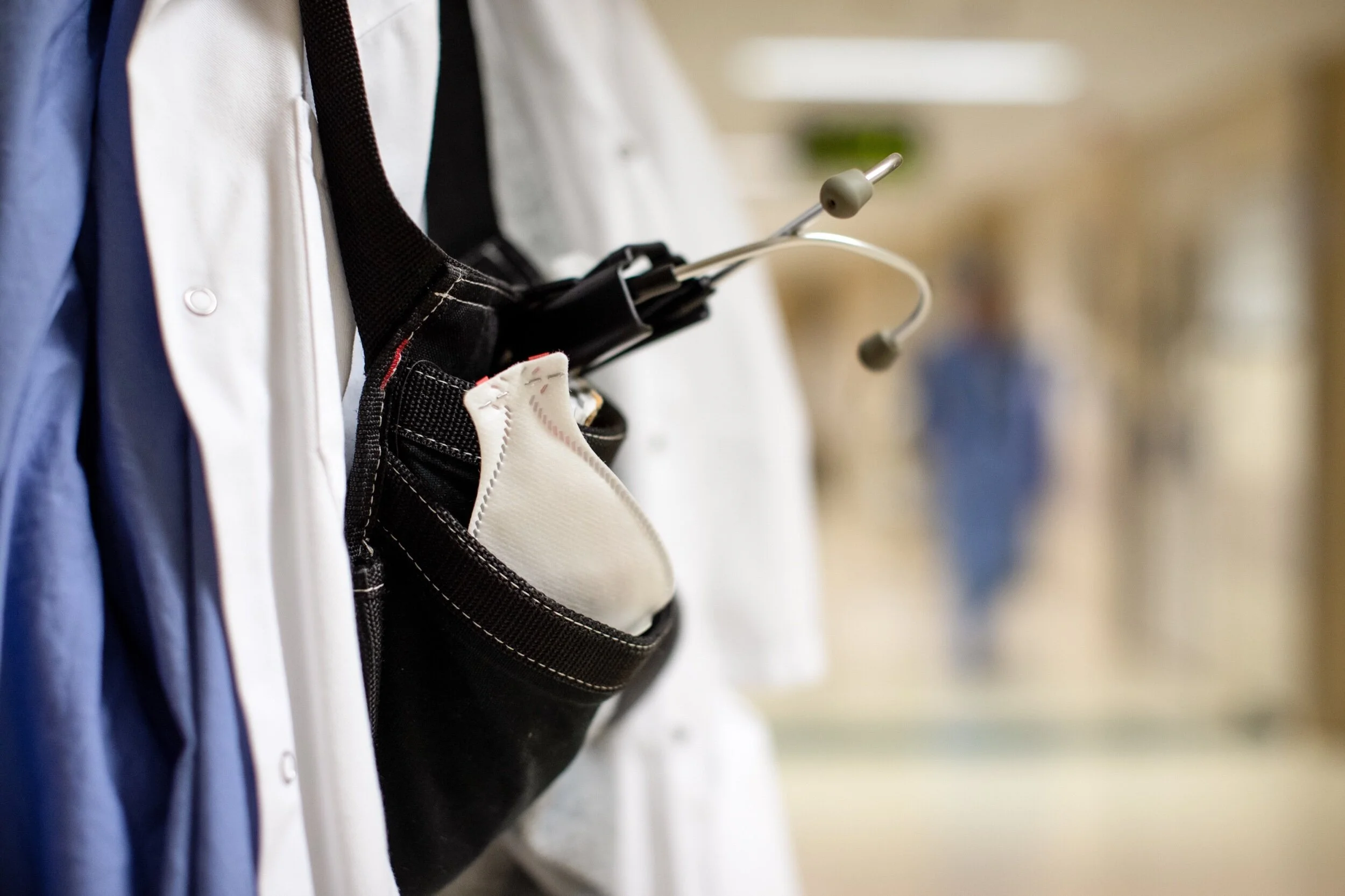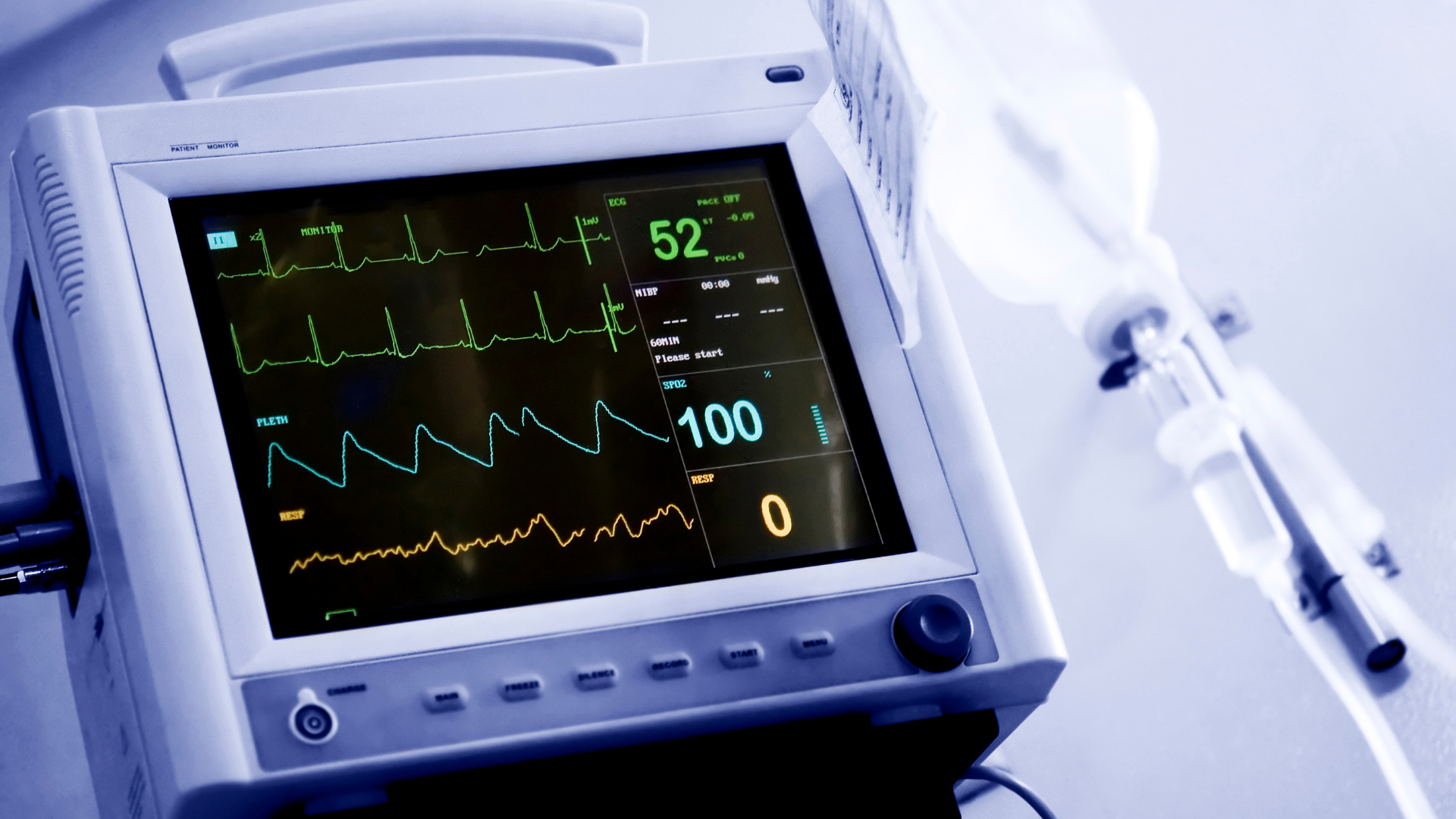Mayo Clinic begins to ramp up its practice: what you need to know
Mayo Clinic announced this week the expansion of in-person care and resumption of some elective procedures at all of its facilities, including the Rochester campus and Mayo Health System affiliates. This comes on the heels of Gov. Tim Walz’s announcement that Minnesota hospitals could resume performing elective surgeries. On Friday, we were able to talk with Dr. Amy Williams, executive dean of practice at Mayo, about what constitutes an ‘elective’ surgery, what a visit to the Clinic will look like for a non-Covid patient, and how the medical industry will change in the aftermath of the pandemic.
MCB: Could you describe to us the different categories of surgery; namely, what’s considered ‘elective’ and what isn’t?
AW: When you think about different types of surgery, it really depends on if you delay the surgery, will there be negative consequences to the overall health outcome? For example, if you have a ruptured appendix, that absolutely is an emergency and needs to be taken care of. If you have cancer, and the longer you wait the longer the cancer may grow, that would be an urgent surgery because the longer you wait, the higher the consequences to your health. Then there’s the elective surgeries, where you can wait as long as you want and there’s no negative health consequences. Then there are the surgeries where you think ‘hm, is this elective or not?’
A good example would be someone who needed their hip replaced. The longer they wait, the more pain they’re in, so they can’t move around. They become sedentary, which is a risk factor for cardiovascular disease. They become obese because they can’t exercise. They might start using more pain medications, and all of those over time would certainly have negative health consequences. There’s degrees of elective surgery, and that’s where each individual case needs to be individually reviewed, by the surgeon, their medical doctor or their primary care doctor, to really decide how elective that surgery is.
MCB: So, has the line moved in recent days as to what’s safe to offer? And if so, by how much?
AW: The line hasn’t necessarily been moved, as far as the definition of the surgery, because it’s up to the risk factors that the individual has and what they need to have done. What has moved is that we better understand how to manage this pandemic. We have learned a lot about screening, keeping people safe, including staff, having the proper personal protective equipment, and we have learned that we need to have hospitals that are ready to care for patients with Covid-19. So, what’s changed is asking hospitals to be prepared, to not overwhelm the system with elective surgeries that could wait, and we are lucky at Mayo Clinic because we have very robust modeling capabilities. In those models we take into account the Covid-19 activity in our surrounding region and in our community. We can do that for regions across the United States and worldwide. With that, we can look at the penetrance of the disease, the activity of the disease, the risks of the community, of having a surge in individuals who would become acutely ill and need hospitalization or ICU care with a ventilator.
We can also look at our capacity. What are the essential elements we need to care for patients no matter what’s wrong with them, whether it’s Covid or not? And that would include the number of ICU beds, number of [non-ICU] beds in the hospitals, number of staff with skill sets to take care of acutely ill patients (like a Covid-19 patient), enough medication, enough personal protective equipment, etc. That all goes into our modeling, so we can predict, based on the activity of Covid-19, based on our resources and capabilities, we can predict things like: how many surgeries can we do? Can we ramp up all the way to our normal 100 percent? What will that do to our capacity? Every day we look at these modelings, because with Covid-19, we see it changing. We’re looking weeks and months ahead to determine what we can do based on anticipated changes in the covid activity in our community.
MCB: Do you have any numbers at hand as to how close to 100 percent capacity Mayo can get in the coming weeks?
AW: At this point, right now, we’re a little over 60 percent of our regular volume of surgeries. We could certainly, right now, continue to ramp up. Our hospitals are only 50 percent filled, and we have a lot of capacity. We would measure that on a daily basis, but right now, for the foreseeable future, through May, we are seeing that we can continue to ramp up.
MCB: Gov. Walz said any health institution wishing to resume elective surgery ‘must have a plan’ to prevent further Covid-19 infection. Take us through Mayo Clinic’s protocols, as if we were a non-Covid patient coming for a procedure.
AW: We have a lot of safety measures in place. First of all, when you call for your appointment, you are asked screening questions that go over all the symptoms for Covid-19 and what your risk factors are. Forty-eight hours before you come, you get a call again that asks the same questions. If you pass that screening and come on campus, you’re screened as you walk in the door. You get your temperature checked, you have to wear a mask (if you don’t have a mask you’re given a mask) and wear it at all times. You’re allowed one visitor — we don’t want mass gatherings and want to promote social distancing, they have to wear a mask and they're also screened. Their temperature is checked, and they’d go through a rigorous screening as far as symptoms. If you have any of the symptoms or have a fever, you’re escorted to another area for more screening, then are escorted to the lab to get a Covid-19 test done. If you’re actively infected, you’re monitored by a group of doctors who are experts in caring for this.
If you pass all that screening, then you go up to the area where you’re going to be seen, where there’s social distancing in the lobbies. Everyone you come in contact with will have universal masking, some will have eye shields as well. You will go through any other tests you need, like for a pre-op evaluation. We’ve implemented extra cleaning in all of our community spaces and of course still social distancing. In the exam room, extra measures are put in to make sure every single surface is wiped down in order to keep a safe environment. If you were to come to the ER, you would be masked and screened in a more rigorous fashion because you’re in the ER for some sort of symptom. If it seems like you could have Covid, you would be isolated. Again, social distancing is in place there, as well.
If you are having surgery, you will have a Covid-19 test. You will have it a day or two before your surgery, and then when you come, you will be screened again. We worry about other patients going for certain treatments like chemotherapy, because we know if they’re undergoing chemotherapy and they’re actively infected with Covid-19, their outcomes are not as good. We’re testing populations like that before they start certain therapies, where if they were to be infected with Covid-19, their outcomes would not be as good.
MCB: This pandemic has really ushered in a new age of telemedicine and virtual visits in certain areas. How do you think the technology will influence health care, through this pandemic and in the years to come?
AW: We have seen a huge increase in our telehealth, and the patients like it. We’ve done it for many reasons. Many patients couldn’t travel here to see us, but needed a specialty consult or needed to connect with us because we follow them with their complex chronic disease and things of that nature. Then, there are new patients to the clinic that need our help, but they didn’t feel safe coming — and we didn’t want them to come unless they absolutely had to come, until we understood the virus and how we could make things safe. So, a lot of patients really like virtual visits. You can do an awful lot with virtual visits, and even virtual monitoring. It is a wonderful way to care for patients who don’t need to be seen face to face and don’t need complex diagnostic tests. This, I think, is going to play a huge role as we move forward.
There’s also the ability to conduct follow-up visits with patients, so they don’t have to come in to the doctor if they don’t need testing. If we need to do a pre-visit, that could be virtual, to really understand what a patient needs when they arrive on campus. If somebody is coming for one medical problem, we can get that set, but if they have multiple problems or if there seems to be more to the story, you can make sure their itinerary is very efficient and they’re not scheduled for tests and appointments they don’t need. Plus, it’ll decrease the time the doctor and the care team needs to spend in the room with the patient once the patient gets there, because we’ll have already gathered some of that vital information virtually. The patient can develop that connection and trust with their doctor even before they come to campus, which would just be spectacular. I think it’s going to play a very big role.
MCB: We have heard a lot about fears of a ‘second wave,’ where we see another major spike in new Covid-19 cases by the end of summer or into the fall months. Is Mayo taking that notion into account, and how would that affect these elective procedures?
AW: We have modeled for that second wave, and we know that we would not have to decrease our practice as much as we did a month or so ago, because we have learned so much. We would need to pause, or back off, on the number of non-semi-urgent surgeries, in order to make sure that we have room, capacity, and all the tools we need to safely take care of a spike in Covid-19 patients. And we’re ready for that. We hope it doesn’t happen for the sake of our community, but we’re expecting that it will happen based on activity we’ll see through the summer.
MCB: Lastly, what’s the main thing the public should know as Mayo begins to reopen?
AW: Go see your doctor if you need to. It is safe to get medical care. What we don’t want to see, but we have seen, is that people are so afraid to seek medical care that they wait until they’re seriously ill and need to be hospitalized. If somebody has an acute condition or a chronic condition that seems to be getting worse, seek medical care. If you’re afraid to go in, call the emergency room. Talk to a doctor or nurse. Call your primary care doctor or whoever knows your case, and make a decision with them on whether you need to come in or not. Don’t wait until it’s too late.
Isaac Jahns is a Rochester native and a 2019 graduate of the Missouri School of Journalism. He reports on politics, business and music for Med City Beat.
Cover photo courtesy Mayo Clinic








